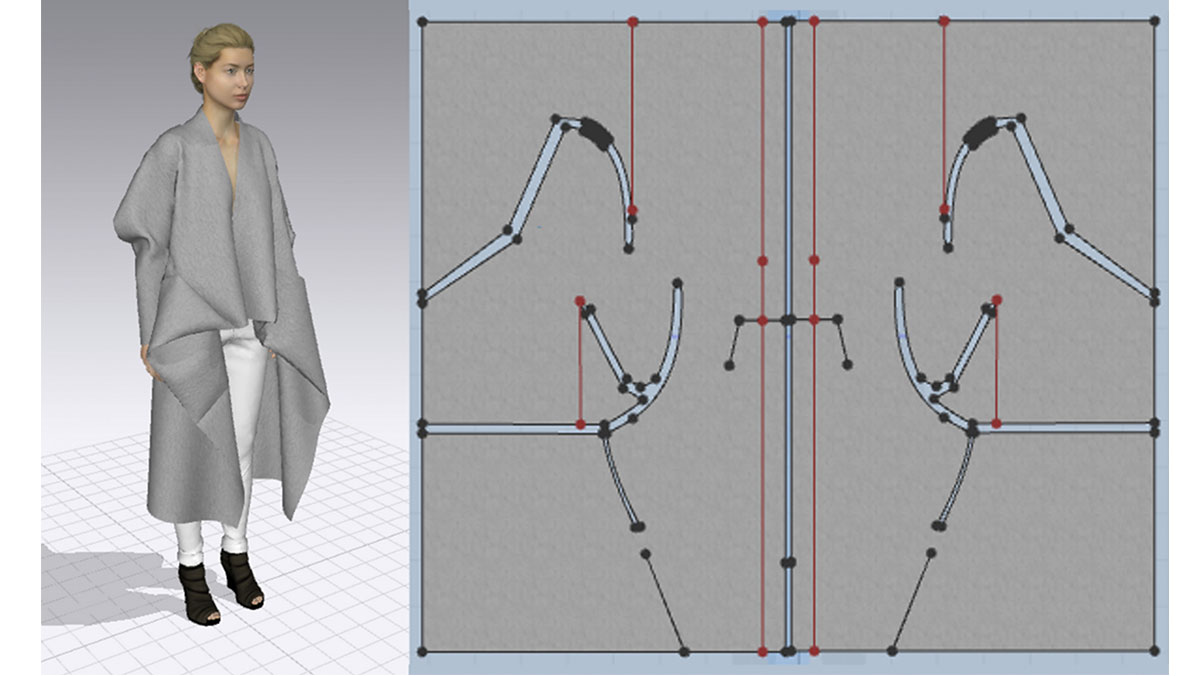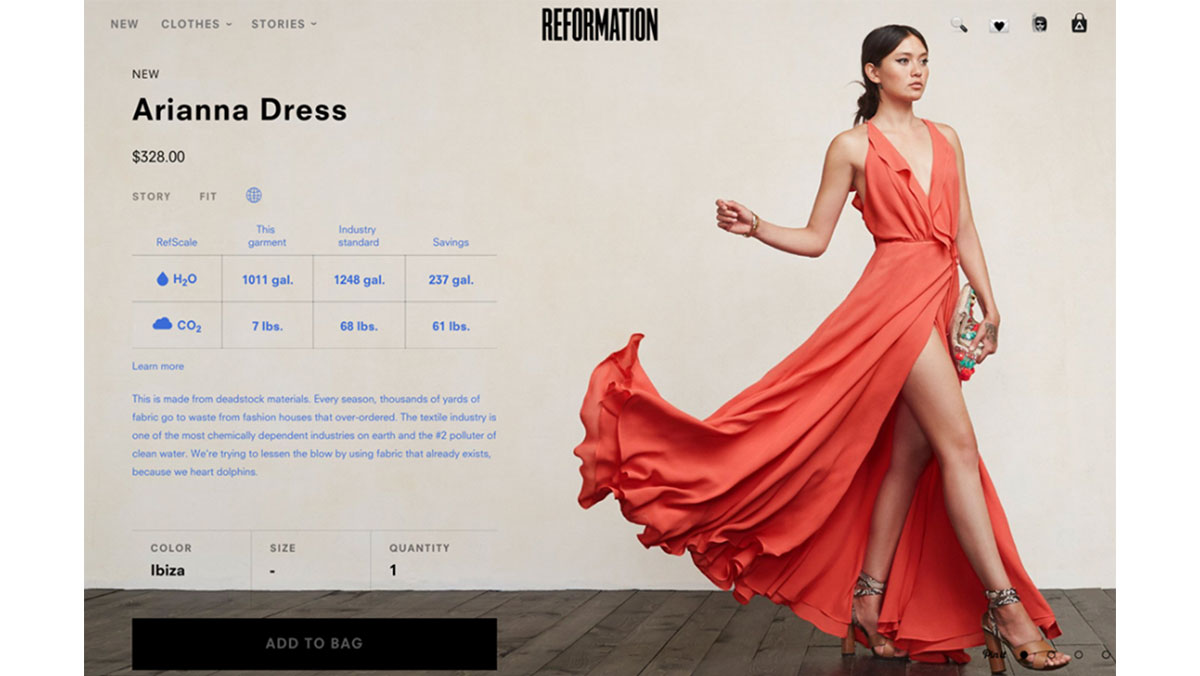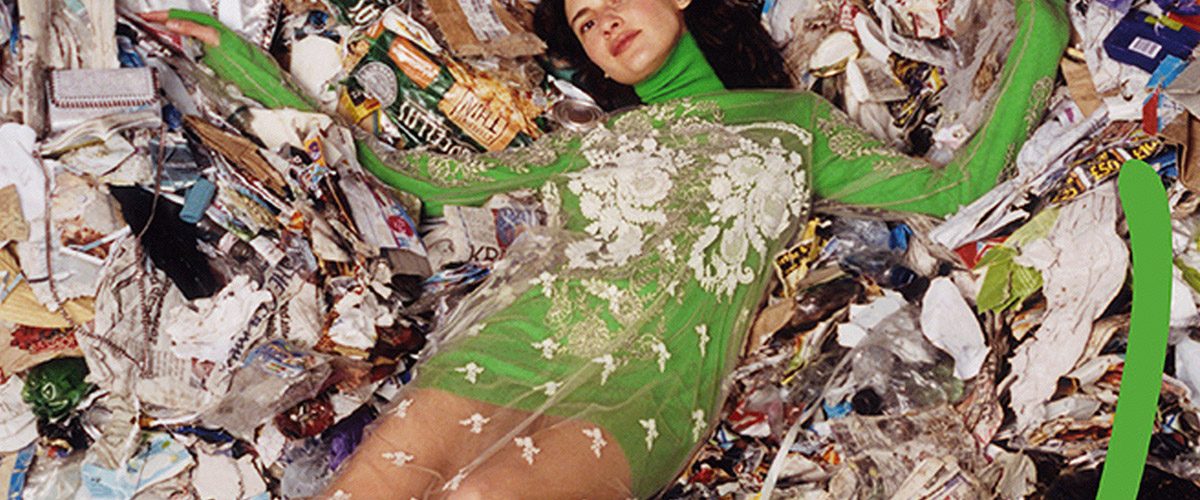By its very nature, fashion promotes innovation and change. However, the progress towards zero waste fashion and developing more sustainable forms of manufacturing in this sector is still lagging behind.
The need to move away from fast fashion and develop a more sustainable and positive fashion landscape is clear. However, when it comes to practice, the path towards sustainable fashion remains ambiguous and hard to achieve. We all know the fashion industry creates massive amounts of waste that negatively impacts the environment. From textile scraps, leftover fabric, to excess thread and paper waste, there’s a whole lot that could be reduced, reused and recycled when creating garments.

Thanks to the recent social push towards more ethical and sustainable practices, more entrepreneurs and designers are searching for new solutions that could change the way consumers think about textile waste.
What is Zero Waste Fashion?
Zero waste fashion isn’t a new technology or material. Instead, it’s a new way of thinking — a philosophy that forces designers to challenge existing techniques. Wasted fabric = wasted money and a wasted planet, and some savvy designers are doing their best to not only reduce garbage in their production cycle but to recycle whatever scraps they may have.
There are generally two strategies for zero-waste fashion: creative pattern making that uses 100% of a given material, and upcycling when you generate garments from remnant materials.
Clever Cuts
“Zero waste design,” or, “zero waste pattern making,” refers to the practice of designing patterns for clothing with little to no fabric waste. The practice is being adopted by designers who are using various techniques, materials, and technologies to achieve the perfect zero-waste garment.
Technique-wise, it involves fitting all the flat pieces of your clothing pattern like a jigsaw puzzle so no fabric is wasted. Considering that roughly 15 percent of the fabric is discarded when a typical garment is made, the cumulative effect of leaving behind no waste has far-reaching environmental consequences. More than that, zero waste is about working within those constraints to invent beautiful new forms of fashion.

New Zealand designer and zero waste fashion pioneer Holly McQuillan has heavily influenced local sustainable design practice. Her Make/Use program at Massey University School of Design explores what might occur if we consider not only the aesthetic of the garments we wear, but also the way we use them and the waste we create when we make them. McQuillan says zero-waste design and production like those proposed by Make/Use is but one rung on the ladder to sustainability in the fashion industry, because “the global fashion system is so complex that there is not any one solution to the problems we face.”
Along with her Massey colleague Jennifer Whitty, McQuillan co-founded Space Between, a green business model for fashion design which acts as a platform for social innovation and enterprise. Te Papa Museum acquired a collection of up-cycled garments from the Space Between Fundamentals range in 2015.
McQuillan has also co-authored the book Zero Waste Fashion Design, that combines research and practice to introduce a crucial sustainable fashion design approach.
“Zero waste” fashion designer @hollymcquillan‘s experiment with CLO. pic.twitter.com/EAsaxeMm9M
— CLO Virtual Fashion (@itsclo3d) March 26, 2018
Upcycling
If you’re not familiar with the upcycling fashion concept, it involves using pre-existing clothing, accessories or other items and restructuring them into new garments. Think of old sweaters being unravelled and the yarn being refashioned into new ones, or scraps of fabric waste from car interiors being used to make handbags.
Reformation

L.A.-based Reformation repurposes vintage clothing, rescues deadstock fabric from fashion houses that over-ordered and also simply uses eco-friendly fabrics to create sexy, sophisticated styles — and they are also a favourite of Megan Markle. Their recently launched app lets you know just how much water and energy you’ll be saving by buying their goods.
Yves Salomon x André Walker

In the midst of 2018’s industry-wide surge away from the use of animal skins, Paris furrier Yves Salomon launched a project called Pieces, which uses materials left over from production — to upcycle scraps that would otherwise end up in a landfill. The collection was sold as a limited series, with just six to eight pieces of each style made. “We only use what we have,” Salomon told Vogue. As a sign of luxury fashion embracing the need for sustainability, designer André Walker was brought on to work on the brand’s second collection, which debuted during the recent Paris Fashion Week.
Hope for a Zero Waste Future
In some ways, zero waste is not new. Throughout history, consumers have had to adopt similar practices, like during times of war when women fashioned new outfits from old ones. Also, classic hobbies, like knitting and quilting, can be zero-waste endeavors. The difference now is that it has become an ethical choice, as well as one born out of necessity.
This year, New Zealand Fashion Week has announced their drive towards encouraging more designers to embrace long life fashion — the antithesis to fast fashion— and to take greater care to ensure the quality and carbon footprint of garments. Across the fashion spectrum, from couture to the high street, designers are listening to their customers and delivering more zero waste options. As technology continues to evolve in fashion practices like 3D printing, we can only imagine the possibilities of a zero waste future.
The increase in popularity of living a more sustainable, conscientious lifestyle that includes decisions on fashion purchases should, in theory, only continue to grow.
Main Image: Stella McCartney







